Space
Learn about the latest astronomy news and discoveries around humanity’s endeavor beyond the final frontier.
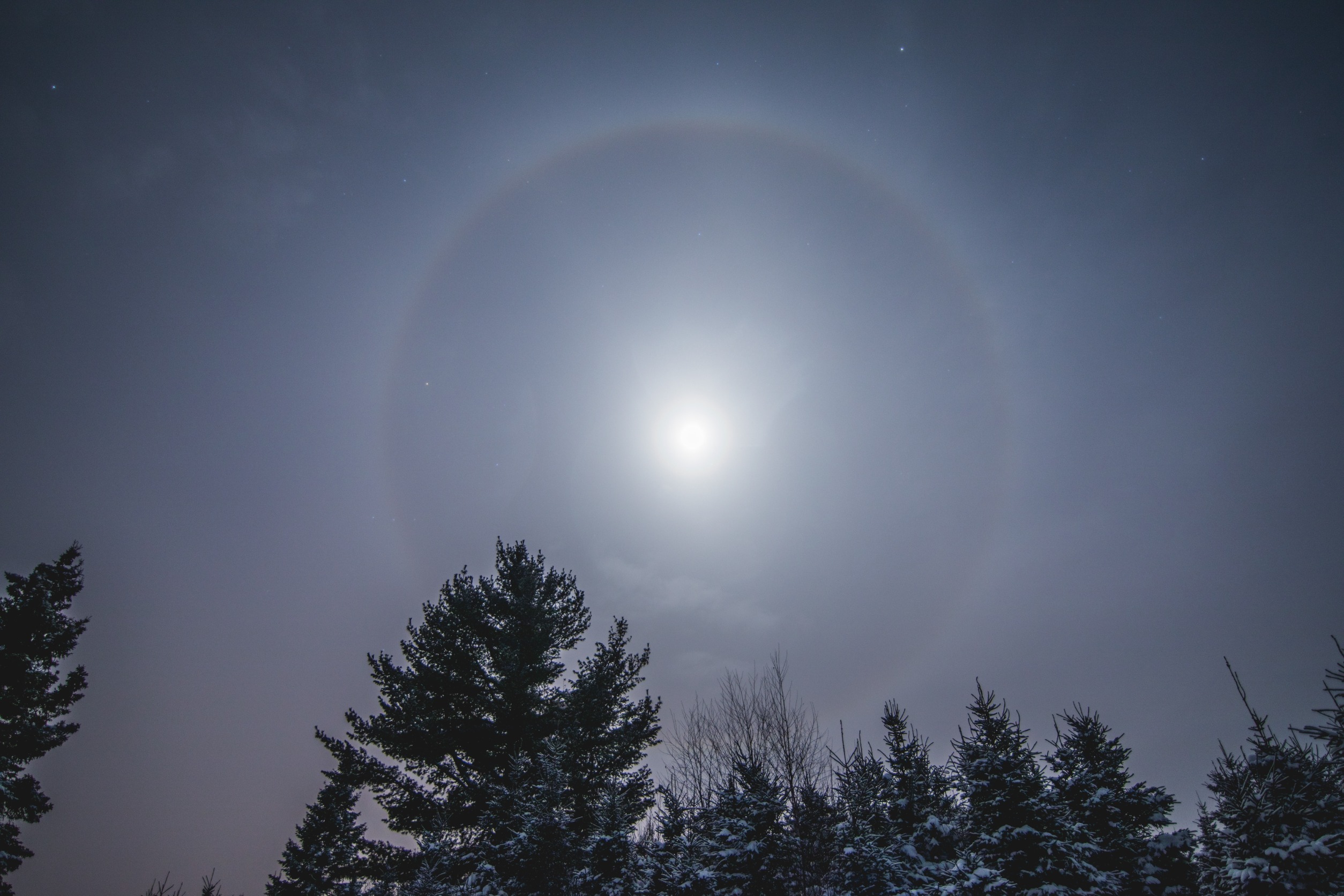
How to spot a moon ring: a guide to lunar halos and other moonlight phenomena
BY THE OPTIMIST DAILY EDITORIAL TEAM The ring around the moon, also known as the lunar halo, is a breathtaking yet surprisingly common sight in the night sky. Unlike other unusual lunar phenomena, a moon halo can happen at any time of year, but it is most often in the winter. So, if you've seen Read More...
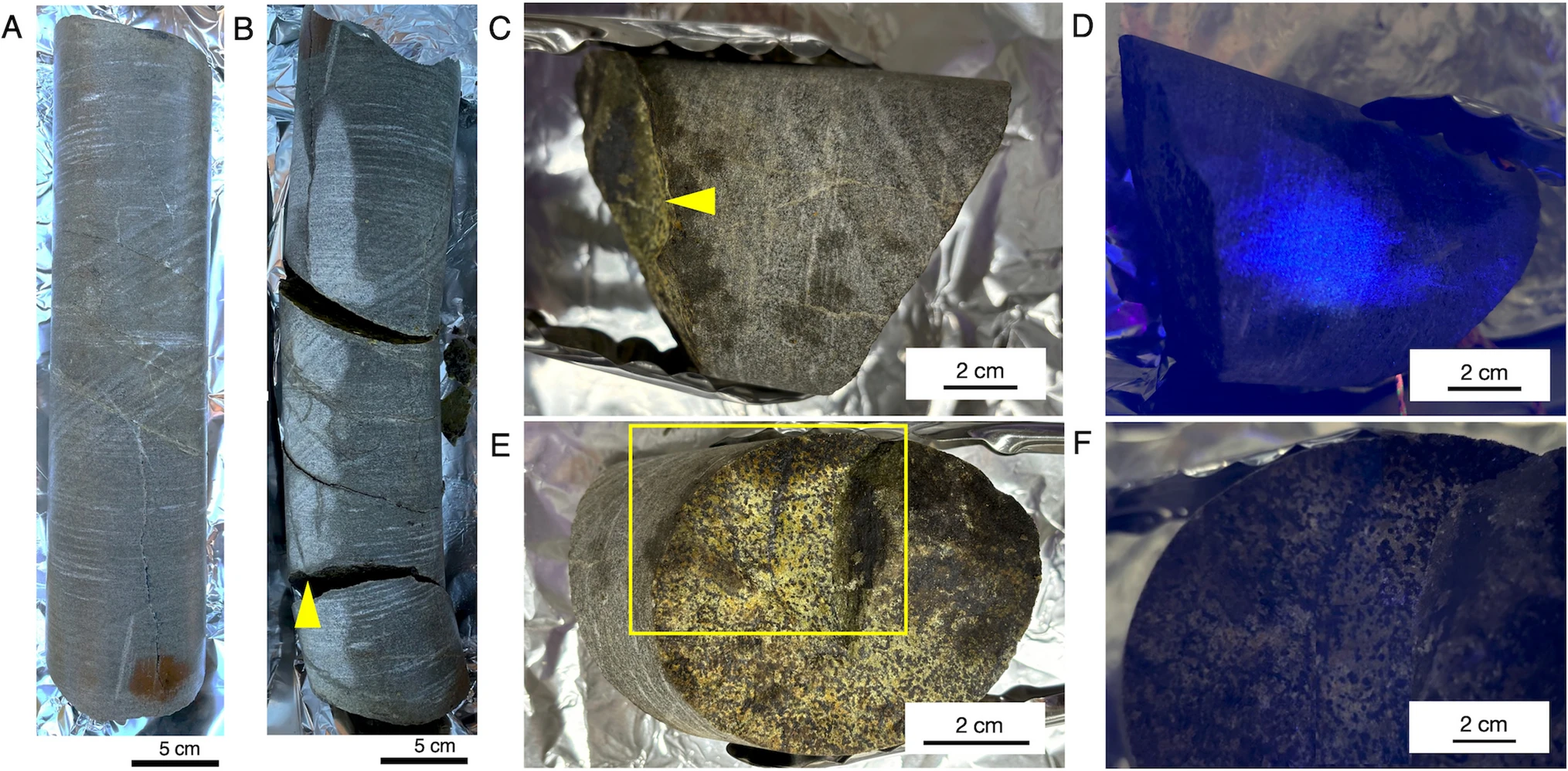
Oldest living microbes discovered in 2-billion-year-old rock give a glimpse into Earth's early life
BY THE OPTIMIST DAILY EDITORIAL TEAM A historic finding beneath South Africa's Bushveld Igneous Complex uncovered bacteria that have lived for two billion years, 1.9 billion years longer than previous records. Sealed in rock fissures almost 50 feet underground, these microbes provide vital clues Read More...
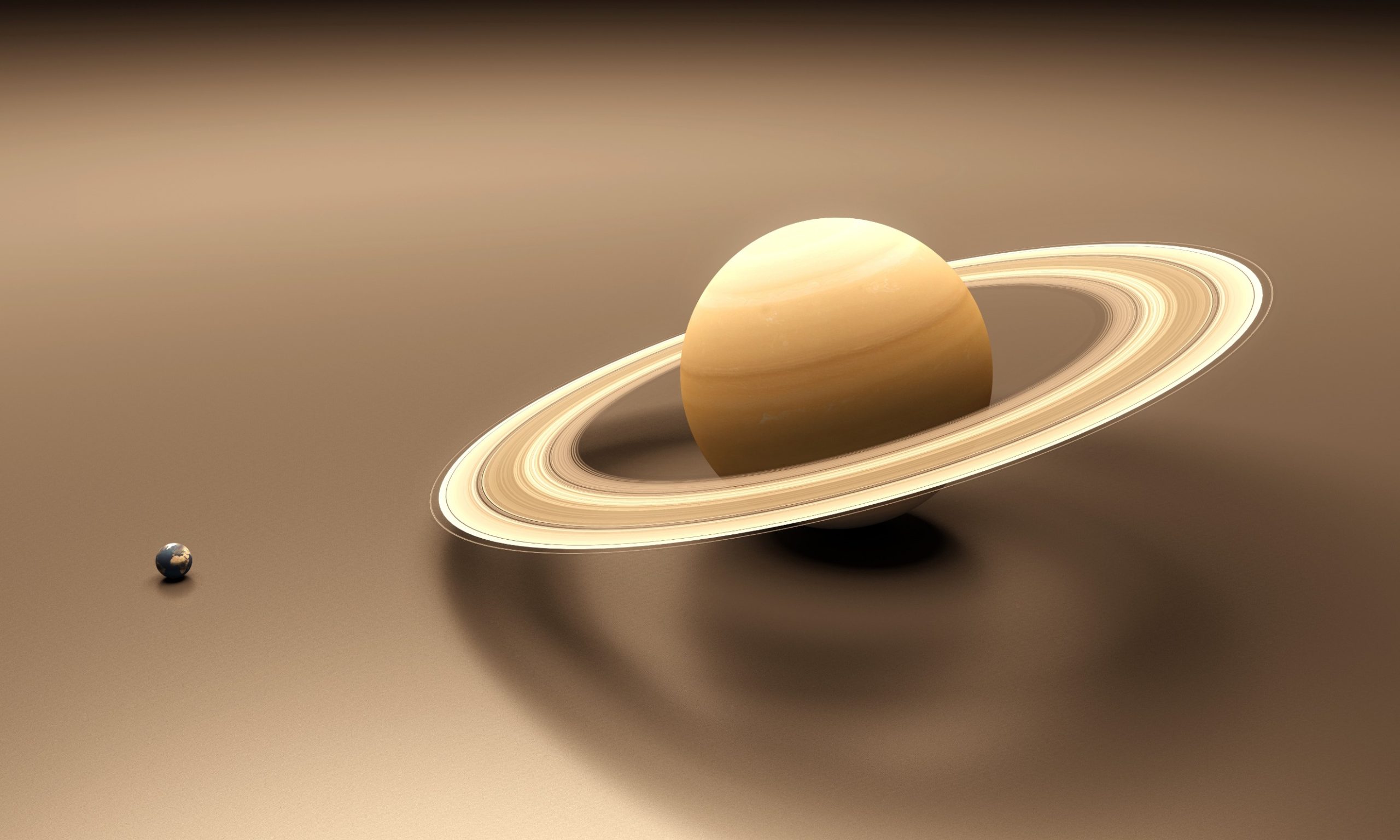
Saturn at its brightest: a stargazer's guide to 'Saturn at opposition'
BY THE OPTIMIST DAILY EDITORIAL TEAM This week provides a rare opportunity for stargazers. Saturn will be at opposition on the night of September 7-8, offering the greatest time of year to see the ringed planet. When Saturn is in opposition, Earth is squarely between Saturn and the Sun, making Read More...
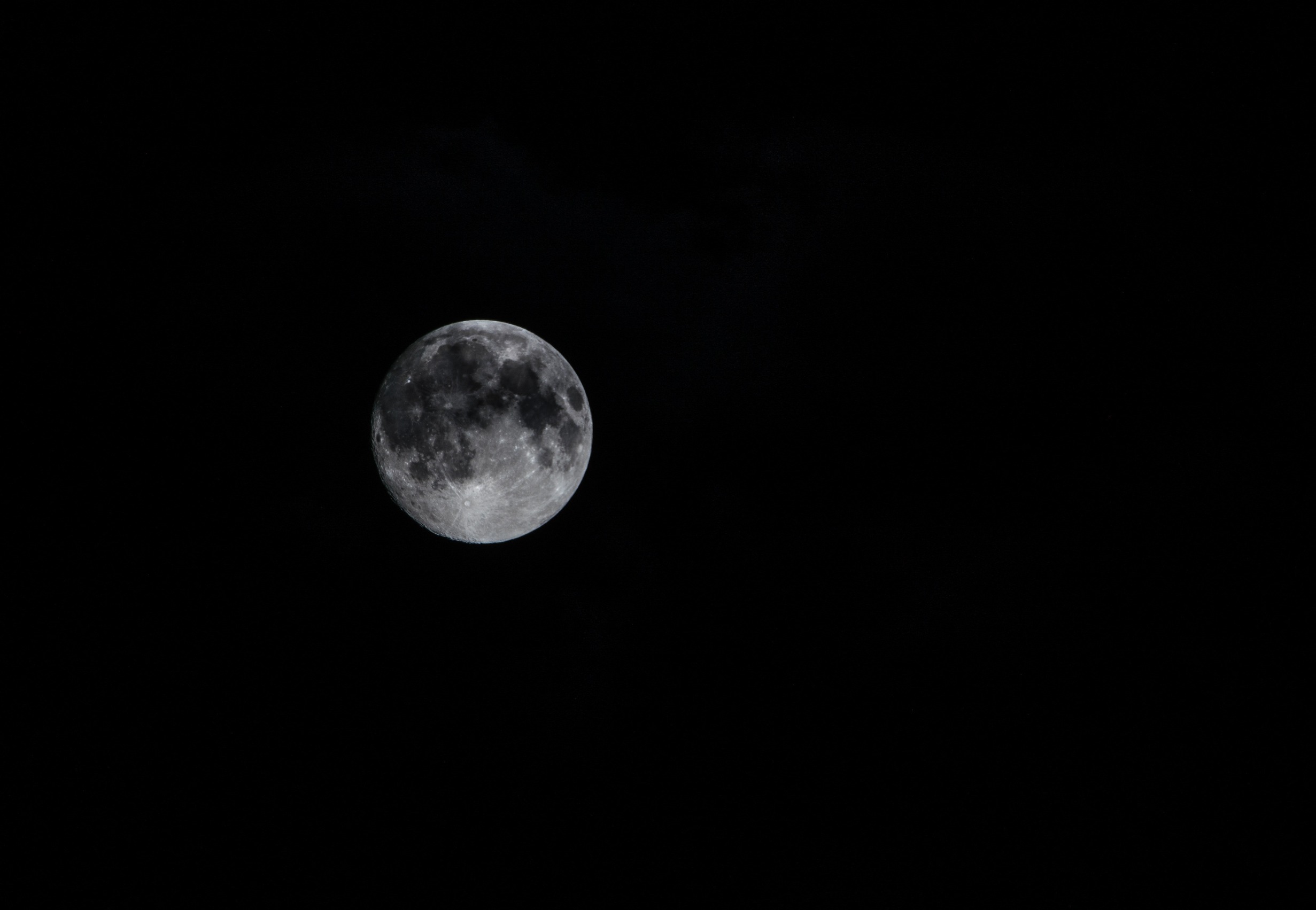
3D printing lunar LEGO bricks to test out building on the moon
BY THE OPTIMIST DAILY EDITORIAL TEAM For decades, scientists and space enthusiasts have been fascinated by the idea of building permanent structures on the Moon. Addressing the unique obstacles of building in space has prompted academics to create novel solutions. One such achievement combines Read More...

3 ways to use the solar eclipse to deepen your child’s love of science
As the complete solar eclipse of April 8, 2024 approaches, parents and educators have a one-of-a-kind opportunity to pique children's interest in astronomy. One captivating technique is to compare historical ideas about eclipses with present scientific answers. By comparing and contrasting various Read More...
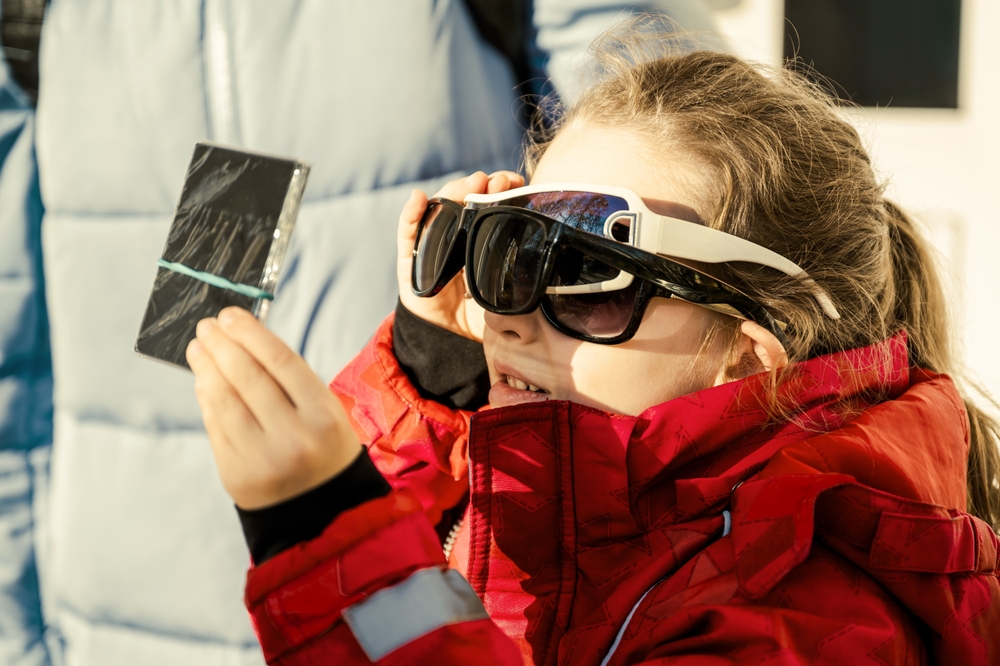
Your guide to witnessing April's total solar eclipse in North America
With the total solar eclipse just around the corner, enthusiasm is building throughout North America. On April 8, a celestial display will occur as the moon crosses the sun, creating a shadow across a large portion of the continent. While acquiring premium lodgings may be difficult at this time, Read More...
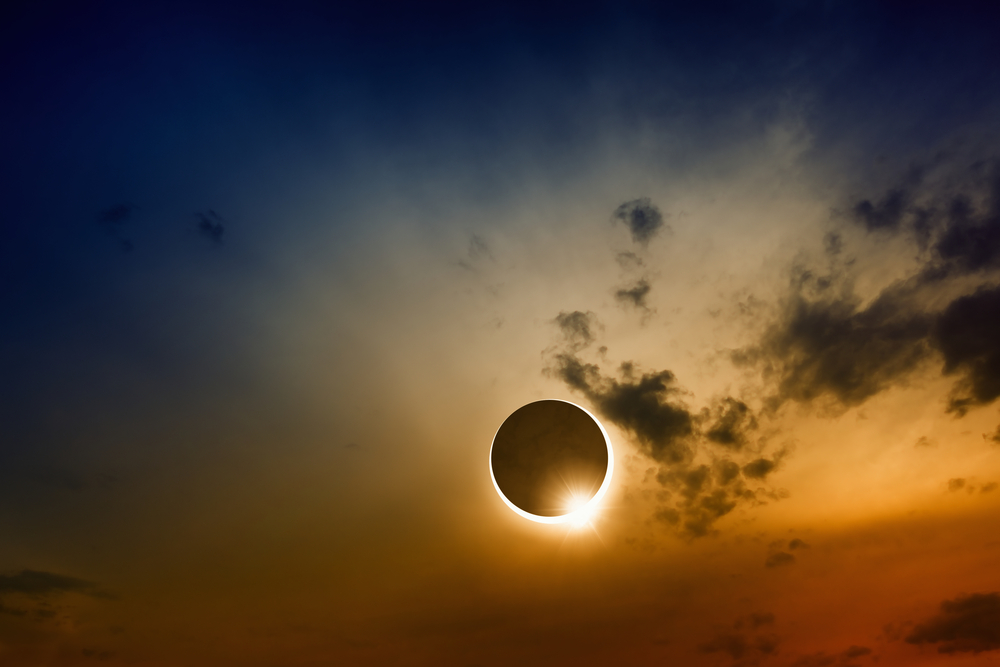
A guide to the 2024 solar eclipse
When the skies over Mexico and North America darken on April 8, all eyes will be drawn upward to behold a celestial phenomenon that only happens once in a generation: a total solar eclipse. This stunning phenomenon, in which the moon passes squarely between Earth and the sun, offers an Read More...
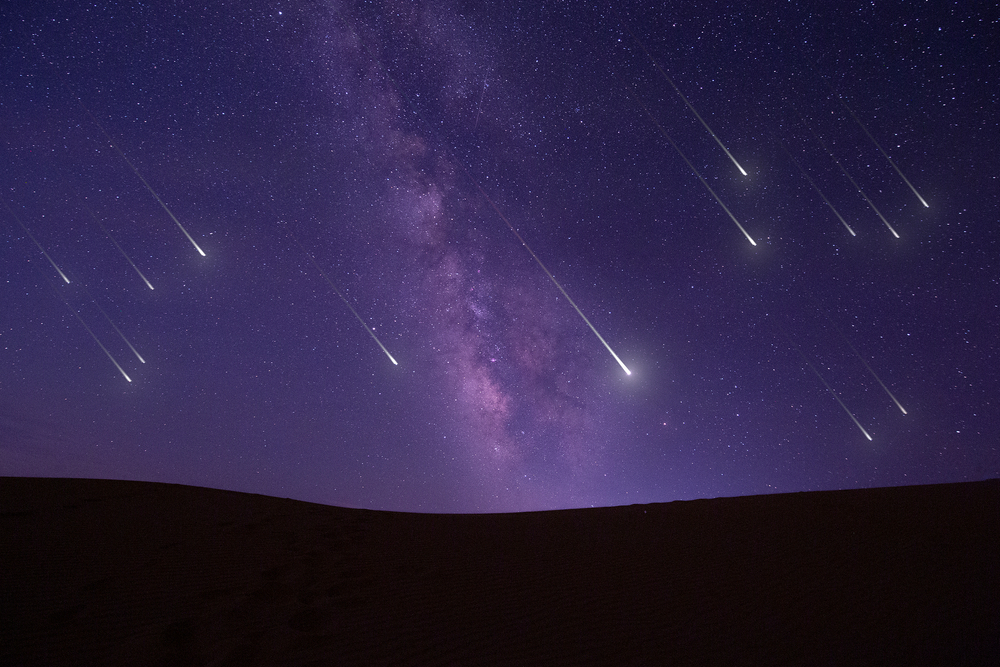
Attention all stargazers! Geminid meteor shower is set to dazzle tonight's night sky
In the heart of the holiday season and the festive buzz of December, there is yet another event to look forward to: the annual extravaganza, the celestial spectacle—the Geminid meteor shower. A glittering display The skies promise a thrilling show tonight, Wednesday, December 13, through Read More...
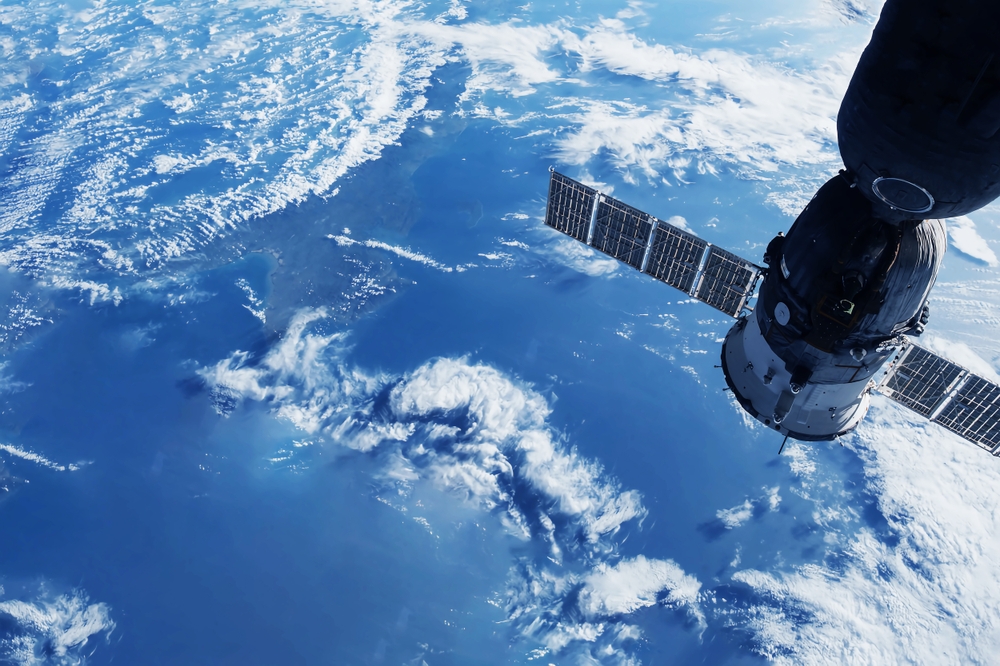
The European Union's satellite initiative targets climate-driven threats to forests
The European Commission and the European Space Agency (ESA) formed a collaboration to address climate-related risks and protect forests through the use of satellite technologies. Sentinel satellites: forest guardians The proposal calls for the use of Copernicus Sentinel satellites to monitor Read More...
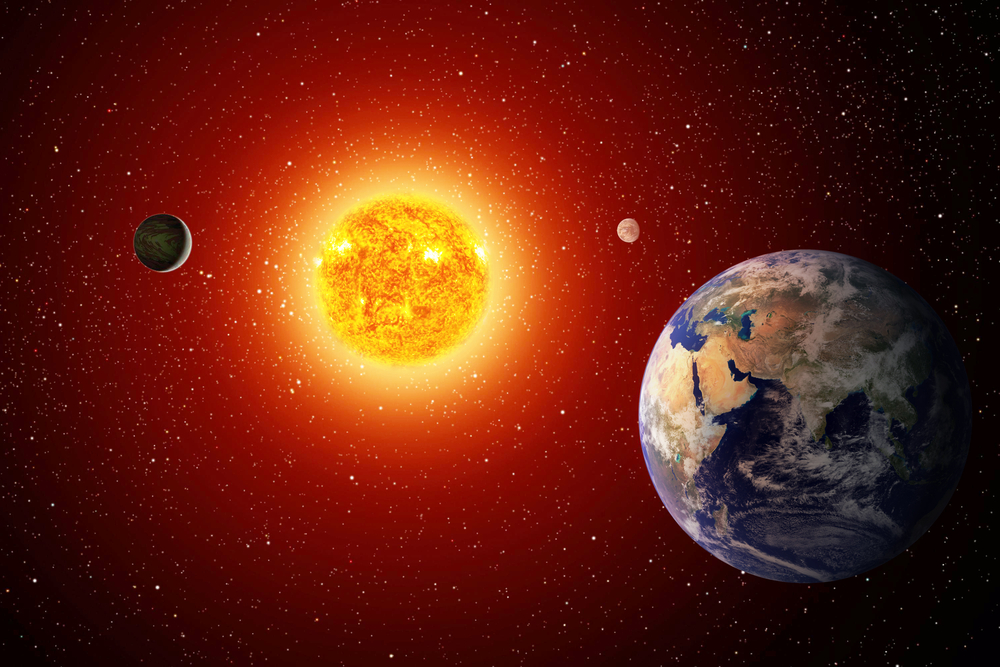
The dawn of space-based solar energy: a sustainable solution to our energy needs
Space-based solar power is a visionary solution to our energy demands in a world where the need for renewable energy is growing. The idea of beaming solar energy from space to Earth may have appeared science fiction at one point, but it is now on the cusp of becoming a reality. Scientists and Read More...


